Headless commerce has been a major topic of conversation for several years, especially as it pertains to how retailers can achieve flexibility as they interact with customers via an ecommerce site.
This year, the prominence of ecommerce has skyrocketed because of COVID-19, a reality that has not been more apparent than on Black Friday. Online spending hit a new record,surging 21.6% according to Adobe Analytics, whereas in-store shopping fell 52.1% from last year, according to Sensormatic Solutions.
As the popularity of ecommerce rises, retailers have learned that having control over a shopper's experience, from the first click to the point of purchase, is critical to success.
Headless commerce provides retailers flexibility to master this online experience. Defined as the separation of the front end and back end of an ecommerce application, its architecture provides retailers the ability and flexibility to create and fully manage their own graphical user interface (GUI) for every customer touchpoint. (You can learn more about this in our earlier blog on headless commerce.)
COVID-19 increases the need for headless commerce
Now, as the growth of omnichannel capabilities has given way to shopper journeys beginning and ending across multiple touchpoints, headless commerce has proved necessary within the physical store as well.
This rise is particularly timely. Through COVID-19, Gartner has found that the importance of digital acceleration has increased in importance. Its recent survey found that 87% of corporate directors deemed technology as having a transformational role in addressing strategic business priorities because:
- The pandemic demonstrated the value of digital initiatives when physical activities weren't possible;
- The recession has driven the need to overhaul costs;
- The rapid responses to the pandemic make accelerating digital business critical for a company's survival.
Let's explore all the benefits headless commerce can provide retailers as they implement this in-store digital transformation.
The benefits of headless commerce in stores
Seamless integrations in a unified platform
Headless commerce systems are API-driven, which means they are built to integrate and communicate with other platforms, from ERPs to CRMs. This inherent characteristic means they are unified, because data is transferred quickly and easily between platforms via API. It also ensures easy updates as each system that is connected is updated independently.
In addition, it allows retailers to consolidate technologies. Instead of building one platform from scratch that incorporates a variety of back-end technologies, headless commerce relies on connecting disparate technologies into one platform. This means that a retailer can build a solution that incorporates marketing tech, content management and resource planning, technologies that are not often combined in one platform. With one solution as a source of truth for all activities, headless commerce ensures retailers can be more agile and save on IT costs.
Our cloud4retail platform has benefited first-hand from an API-driven approach. Recently, we launched Omnibasket.com, a developer portal allowing innovators to access resources to help them integrate their own solutions with cloud4retail.
Increased speed to innovation
Shopper behavior is constantly changing and almost impossible to predict. For example, contactless payment was a growing trend early this year, but it has skyrocketed during the pandemic as consumers are wary of physical touch. But just because behavior is hard to predict does not mean that retailers can react slowly. In today's environment, it is essential for retailers to quickly update their technology to accommodate evolving needs.
Because a headless commerce system's front-end and back-end are not tightly integrated, or "coupled," a retailer does not have to roll out an update to the entire system, only part of it. Development teams can work in parallel, making changes to the UI or one part of the back-end at the same time. This ensures retailers can deliver on consumer needs quickly while focusing on building the right platform for today's market.
Increased speed to innovation has never been more important. A recent McKinsey survey found that through COVID-19, executives said their companies have made extensive changes with one overriding goal: to increase the speed at which they adjust strategic direction, make and implement tactical decisions and deploy resources. Those who have gained speed outperform competitors by a wide margin on a range of outcomes including organizational health, profitability, growth and operational resilience. What helped them increase speed? Making greater use of technology.
More personalized retail experiences
The fact that a headless commerce platform is decoupled means retailers are able to leverage data more readily and with more speed. A unified platform that combines marketing insight, customer data and sales insights is quickly able to power personalized engagement.
Retailers can go beyond a typical, "people who bought this product also bought this product" recommendation to develop recommendations based on deep customer insights. Once a personalized engagement is crafted, headless commerce empowers retailers to deliver messaging across digital platforms in store, whether via mobile app or point of sale technology.
Our Mobile Customer Assistant (MCA) is a great example of this type of technology in use. MCA allows retailers to inform customers of new promotions, loyalty actions or coupons via their smartphone. Combining a variety of technologies, MCA includes QR code, store finder, push notifications vi beacons and intelligent shopping list functionality.
Headless commerce empowers retailers in store
For retailers looking to create an agile, personalized and, most of all, unified customer experience, leveraging headless commerce technologies to power in-store experiences is a perfect fit. Retail customers benefit from the personalized digital experience they desire, while retailers maximize and optimize customer interactions, technology speed-to-market and ongoing operational costs.
If you're interested in learning more about these technologies or how our solutions can help you become more agile, we'd love to connect. Contact us today to learn more.

